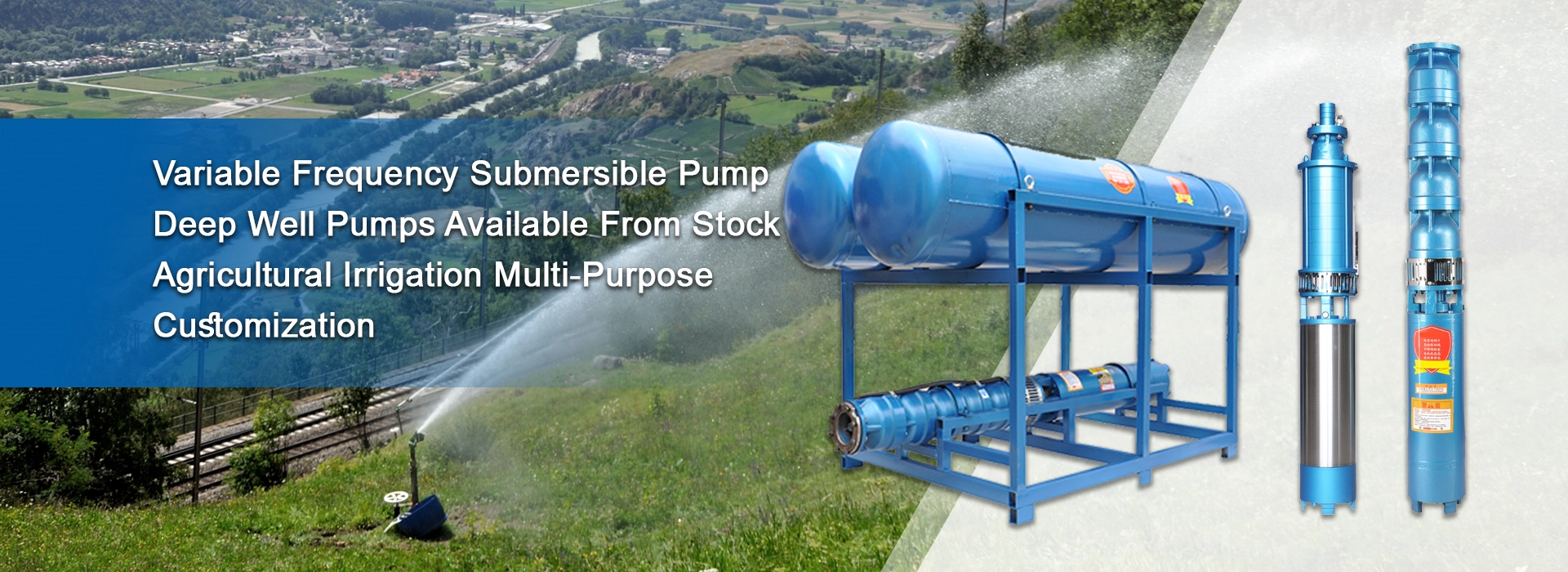Nov . 09, 2024 23:46 Back to list
Understanding Deep Well Submersible Pump Systems for Efficient Water Extraction and Management
Deep Well Submersible Pumps An Essential Solution for Water Extraction
In many parts of the world, access to fresh, clean water is a critical issue. As urban and rural communities continue to grow and develop, the demand for efficient water extraction methods becomes increasingly essential. One highly effective solution for this challenge is the deep well submersible pump, a technology that has transformed the way we access groundwater.
What is a Deep Well Submersible Pump?
A deep well submersible pump is a type of pump designed to operate underwater. It is submerged in the well and helps in lifting water from deep underground aquifers to the surface. The design of these pumps typically includes a multi-stage centrifugal pump and an electric motor that is also submerged. This configuration allows the pump to push water up through a discharge pipe to the desired location, such as a storage tank or directly to homes and businesses.
How Does It Work?
The operation of a deep well submersible pump is relatively straightforward. Once installed in a well, the electric motor powers the impellers within the pump. These impellers rotate rapidly, generating kinetic energy that moves the water upward through the pump and into the discharge line. The pump can be installed at varying depths, making it suitable for wells that reach several hundred feet deep.
One of the unique advantages of submersible pumps over traditional pumps is that they can handle high pressure and deliver water efficiently from great depths. As water is lifted, the motor remains submerged, which helps to keep it cool and lubricated, prolonging its lifespan.
Applications of Deep Well Submersible Pumps
Deep well submersible pumps have a wide range of applications. They are commonly used in agricultural settings for irrigation, ensuring that crops receive the necessary water to thrive even in arid conditions. In urban areas, these pumps are vital for municipal water supplies, helping to extract and distribute water to homes and businesses.
Moreover, deep well submersible pumps are employed in industrial applications, including mining and geothermal projects, where the extraction of groundwater is necessary. They are also utilized in residential settings, especially in areas where surface water is scarce, allowing homeowners to access reliable underground water sources.
deep well submersible pump

Advantages of Deep Well Submersible Pumps
1. Efficiency Deep well submersible pumps are known for their efficiency. By reducing friction losses commonly associated with surface pumps, they can move larger volumes of water more effectively.
2. Space-Saving Since the pump is installed underground, it does not consume valuable surface space, making it an excellent solution for areas where land is at a premium.
3. Durability Built to withstand harsh conditions, submersible pumps are typically made from corrosion-resistant materials. This durability ensures a long operational life with minimal maintenance.
4. Energy Conservation Many modern deep well submersible pumps are designed to consume less energy. When coupled with solar power systems, they can provide a sustainable and cost-effective water supply.
Challenges and Considerations
While deep well submersible pumps offer numerous benefits, there are also challenges to consider. The initial installation cost can be higher compared to shallow well pumps. Furthermore, the depth of the well and the specific groundwater conditions must be carefully assessed to ensure proper pump selection and installation.
Regular maintenance is essential to prevent issues such as pump failure or lowered water quality due to sediment or debris accumulation. Additionally, responsible water management practices should be employed to prevent over-extraction of groundwater, preserving this vital resource for future generations.
Conclusion
Deep well submersible pumps play a crucial role in modern water supply systems, providing an effective means of accessing underground water resources. Their efficiency, durability, and versatile applications make them indispensable in addressing the growing global water demand. By leveraging this technology wisely and sustainably, communities can secure a reliable water supply, fostering growth and development for years to come.
-
Submersible Water Pump: The Efficient 'Power Pioneer' of the Underwater World
NewsJul.01,2025
-
Submersible Pond Pump: The Hidden Guardian of Water Landscape Ecology
NewsJul.01,2025
-
Stainless Well Pump: A Reliable and Durable Pumping Main Force
NewsJul.01,2025
-
Stainless Steel Submersible Pump: An Efficient and Versatile Tool for Underwater Operations
NewsJul.01,2025
-
Deep Well Submersible Pump: An Efficient 'Sucker' of Groundwater Sources
NewsJul.01,2025
-
Deep Water Well Pump: An Efficient 'Sucker' of Groundwater Sources
NewsJul.01,2025
-
 Submersible Water Pump: The Efficient 'Power Pioneer' of the Underwater WorldIn the field of hydraulic equipment, the Submersible Water Pump has become the core equipment for underwater operations and water resource transportation due to its unique design and excellent performance.Detail
Submersible Water Pump: The Efficient 'Power Pioneer' of the Underwater WorldIn the field of hydraulic equipment, the Submersible Water Pump has become the core equipment for underwater operations and water resource transportation due to its unique design and excellent performance.Detail -
 Submersible Pond Pump: The Hidden Guardian of Water Landscape EcologyIn courtyard landscapes, ecological ponds, and even small-scale water conservancy projects, there is a silent yet indispensable equipment - the Submersible Pond Pump.Detail
Submersible Pond Pump: The Hidden Guardian of Water Landscape EcologyIn courtyard landscapes, ecological ponds, and even small-scale water conservancy projects, there is a silent yet indispensable equipment - the Submersible Pond Pump.Detail -
 Stainless Well Pump: A Reliable and Durable Pumping Main ForceIn the field of water resource transportation, Stainless Well Pump has become the core equipment for various pumping scenarios with its excellent performance and reliable quality.Detail
Stainless Well Pump: A Reliable and Durable Pumping Main ForceIn the field of water resource transportation, Stainless Well Pump has become the core equipment for various pumping scenarios with its excellent performance and reliable quality.Detail
